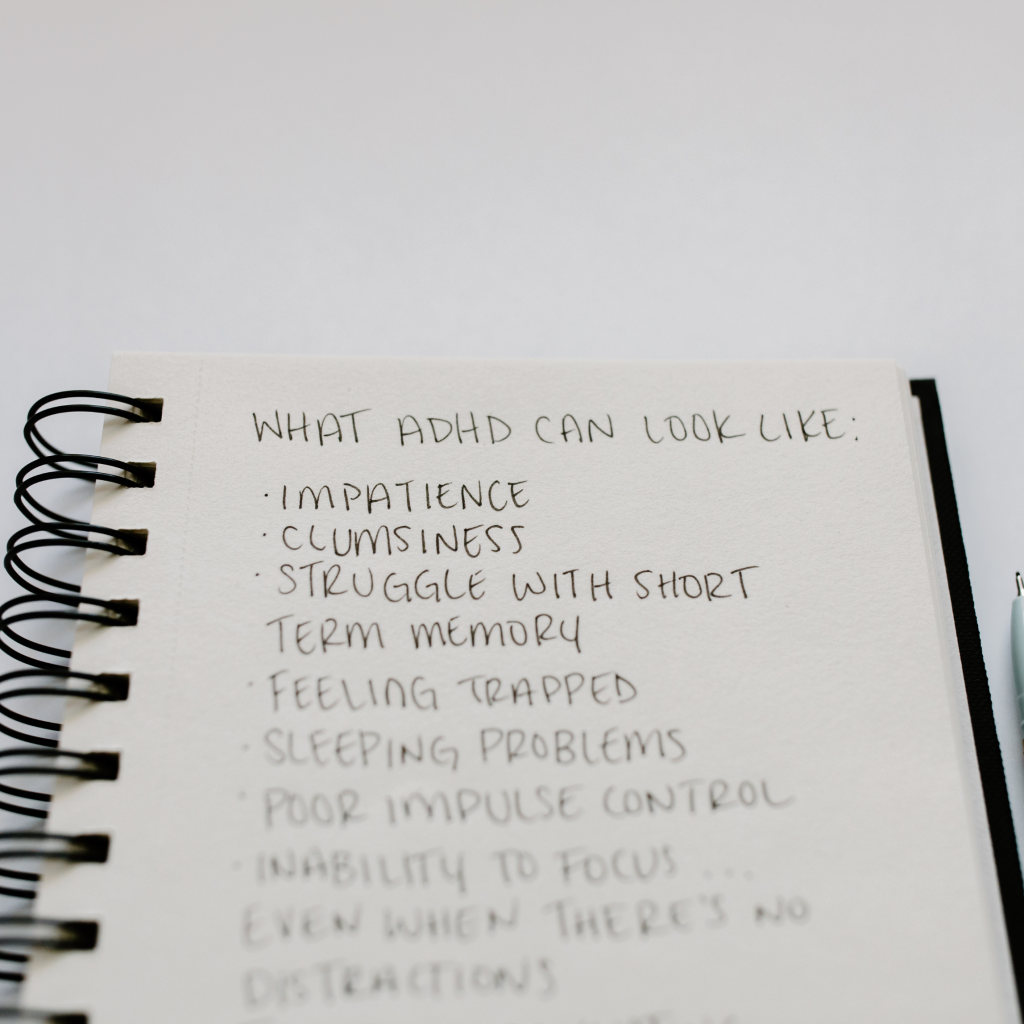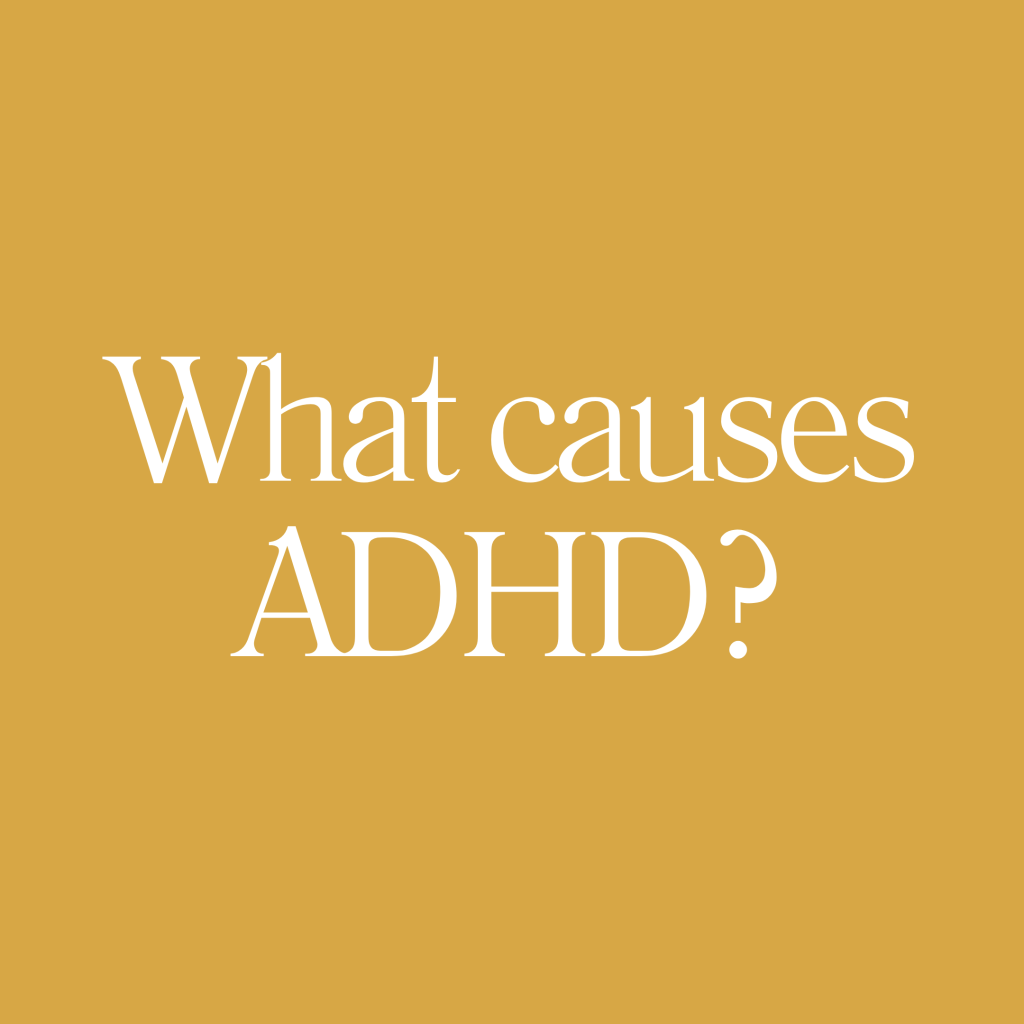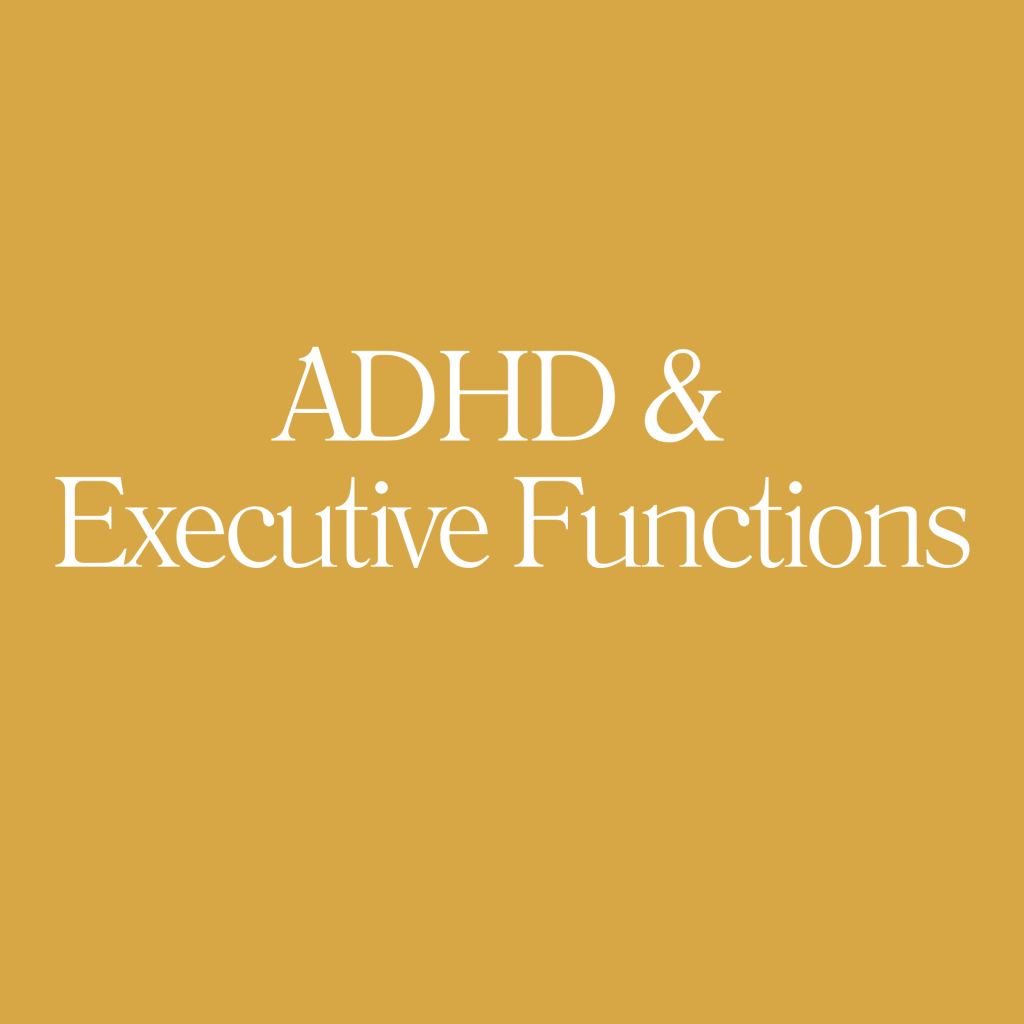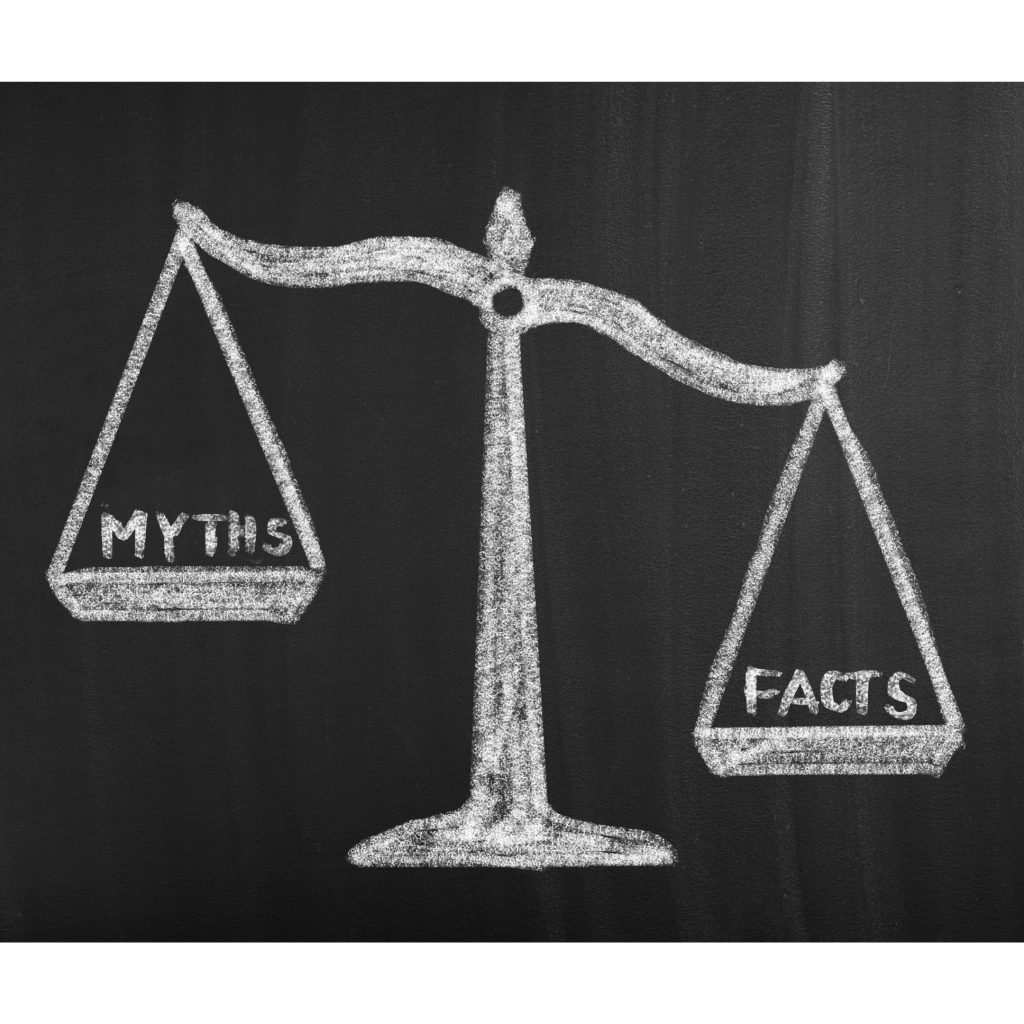Recognising ADHD Symptoms in Adults: What to Look For
Could it be ADHD?
This is a question more UK adults are asking often after years of feeling like they’re just not coping in the way others seem to. Not lazy. Not disorganised. But battling an invisible current just to get through daily life.
If you’re nodding already, you’re not alone.
This article breaks down the real symptoms of adult ADHD beyond the schoolboy stereotype so you can better recognise the signs in yourself or someone you care about.
Why ADHD in Adults Is Often Missed
ADHD has historically been considered a childhood condition, particularly affecting boys who can’t sit still in class. But adult ADHD looks different. Symptoms evolve. Coping strategies mask the chaos. Many adults especially women and high achievers have flown under the radar.
CHADD reported found that the ratio of age at diagnosis in children under age 18: adults 18 years and under is 44%: 56%.
Core Symptoms of ADHD in Adults
Adult ADHD symptoms are usually grouped into two domains:
- Inattention
- Hyperactivity/Impulsivity
Some people experience symptoms in both areas (combined presentation), while others may show a strong leaning in one.
1. Inattention Symptoms
Rather than being about being unable to pay attention at all, it’s about struggling to regulate attention. You may drift off during dull conversations, but hyperfocus for hours on something exciting.
It may present as:
Chronic forgetfulness: Appointments, names, birthdays, what you just walked into the kitchen for… it all vanishes.
Disorganisation: Piles of paperwork, unopened post, a brain full of tabs and no idea where you put your keys.
Time blindness: Constantly underestimating how long tasks take. Always running late or overcommitting.
Difficulty following through: Starting 10 things, finishing none. The energy crashes before the task ends.
Easily distracted: A single notification derails your entire workday.
Losing things often: Wallet, phone, charger, lunch… gone.
2. Hyperactivity and Impulsivity in Adults
Hyperactivity in adults is rarely about running around or shouting in class. Instead, it can show up as mental restlessness, agitation, and impulsive decision-making.
Signs may include:
Talking excessively or interrupting often: You might finish others’ sentences without meaning to.
Fidgeting or constant movement: Tapping, leg bouncing, needing to stand during meetings.
Feeling restless in stillness: Meditation feels like torture.
Impulsive spending or decisions: “I’ll just book the holiday and figure it out later.”
Difficulty waiting your turn: Whether in queues or conversations.
A 2019 study from King’s College London showed that hyperactive-impulsive traits in UK adults often go unnoticed due to their internalised or ‘masked’ nature especially among women, who are more likely to suppress physical symptoms.
Other Signs of Adult ADHD You Might Miss
Adult ADHD isn’t just about focus or energy, it also impacts executive function, which means the systems in your brain that help with planning, regulating emotions, managing time, and making decisions.
Here are more subtle signs to look for:
3. Emotional Dysregulation
You might cry more easily than others, or feel intense anger over small frustrations. Emotions feel bigger, and they last longer. You may often say, ‘Why do I overreact to everything?’
4. Low Self-Esteem & Inner Critic
Years of being told to ‘try harder’ or ‘pull yourself together’ can leave deep scars. Many adults with ADHD carry shame, perfectionism, and a harsh inner voice.
5. Burnout Cycles
The all-or-nothing energy. You hyperfocus, overwork, crash, withdraw. Rinse, repeat. This is often mistaken for anxiety or depression.
6. Rejection Sensitivity (RSD)
Even gentle feedback can feel unbearable. Rejection real or perceived triggers a flood of shame or withdrawal.
Common Misdiagnoses in the UK
Because adult ADHD often mimics or overlaps with other conditions, many are misdiagnosed, sometimes for years.
Most common misdiagnoses include:
- Anxiety Disorders
- Depression
- Bipolar Disorder
- Borderline Personality Disorder (BPD)
Getting a Diagnosis in the UK
If you’re starting to recognise these signs, your next step might be an ADHD assessment.
NHS Route:
Speak to your GP. You’ll often need to complete a screening questionnaire (e.g. ASRS or DIVA 5.0).
Your GP can refer you to an Adult ADHD clinic, though waiting times vary by area.
Private Route:
You can seek a private assessment from a registered psychiatrist. Prices range from £600–£1,200.
Private diagnoses are accepted by many NHS services under the Right to Choose policy (England).
Support Options After Diagnosis
Whether you pursue a diagnosis or not, recognising the signs is the first act of self-compassion. Next comes building strategies and support.
Coaching & Therapy: ADHD coaching helps develop personalised strategies for focus, organisation, and self-trust.
Medication: Stimulant and non-stimulant meds can be life-changing if clinically appropriate.
Lifestyle Support: Nutrition, exercise, sleep, and tech tools can play a big role.
Community: Peer support in the UK is growing check out groups like ADDISS, UK Adult ADHD Network, and ADHD Babes.
Final Thoughts
Recognising ADHD symptoms is about reclaiming your story.
Understanding how your brain works opens the door to grace, tools, and transformation. It’s not too late. You’re not broken. And you’re definitely not alone.





